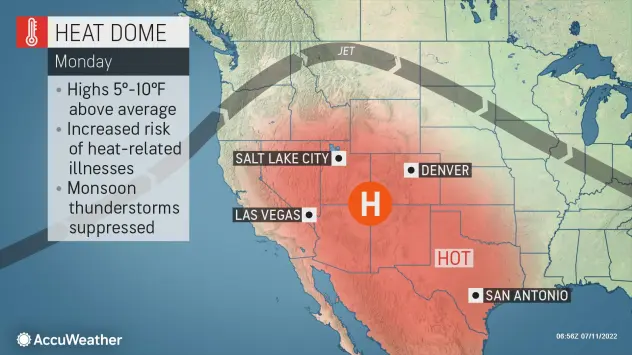Applications Due September 22, 2022.
DENVER, CO – USDA’s will invest $25 million this year for robust scientific approaches to on-farm conservation trials that focus on climate-smart agricultural solutions, irrigation water management, nutrient management and soil health. USDA’s Natural Resources Conservation Service (NRCS) manages and administers the program, and is accepting applications for the Conservation Innovation Grants (CIG) On-Farm Conservation Innovation Trials program until September 22, 2022.
Through CIG, partners work to address our nation’s water quality, water quantity, air quality, soil health and wildlife habitat challenges, all while improving agricultural operations. The On-Farm Trials component of CIG supports widespread adoption and evaluation of innovative conservation approaches in partnership with agricultural producers. This year’s funding priorities are climate-smart agricultural solutions, irrigation water management, nutrient management and soil health.
“Through science and innovation, we can develop solutions to tackle the climate crisis, conserve and protect our water, enhance soil health, and create economic opportunities for producers,” said Terry Cosby, Chief of USDA’s Natural Resources Conservation Service (NRCS). “Through On-Farm Trials, partners can work directly with farmers and ranchers to test and adopt new strategies on agricultural lands, accelerating the development and application of conservation that works for producers and the land.”
For FY 2022, to ensure that equity is incorporated in the planning and delivery of On-Farm Trials, at least 10% of the total funds available for On-Farm Trials are set aside for proposals that entirely benefit historically underserved (HU) producers. Additionally, applicants competing for the HU set-aside can waive non-federal match requirements.
Applications for On-Farm Trials are being accepted now through September 22, 2022. Private entities whose primary business is related to agriculture, nongovernmental organizations with experience working with agricultural producers, and non-federal government agencies are eligible to apply. For more information and to apply, visit grants.gov  .
.
About CIG On-Farm Trials
On-Farm Trials projects feature collaboration between NRCS and partners to implement on-the-ground conservation activities and then evaluate their impact. Incentive payments are provided to producers to offset the risk of implementing innovative approaches.
The Soil Health Demonstration Trial (SHD) component of On-Farm Trials focuses exclusively on conservation practices implementation and systems that improve soil health.
A critical element of each On-Farm Trials project is evaluation. Partners must propose robust scientific approaches to their On-Farm Trials, resulting in data and analyses of the environmental, financial and, to the extent possible, social impacts of the trials.
NRCS intends to use the results of On-Farm Trials project evaluations and analyses to explore the development of new NRCS business practices, guidance documents, technical tools and conservation practice standards or modifications to existing ones.
For more information about the Conservation Innovation Grants program, visit the NRCS website.
USDA touches the lives of all Americans each day in so many positive ways. In the Biden-Harris administration, USDA is transforming America’s food system with a greater focus on more resilient local and regional food production, fairer markets for all producers, ensuring access to safe, healthy and nutritious food in all communities, building new markets and streams of income for farmers and producers using climate smart food and forestry practices, making historic investments in infrastructure and clean energy capabilities in rural America, and committing to equity across the Department by removing systemic barriers and building a workforce more representative of America. To learn more, visit usda.gov.
